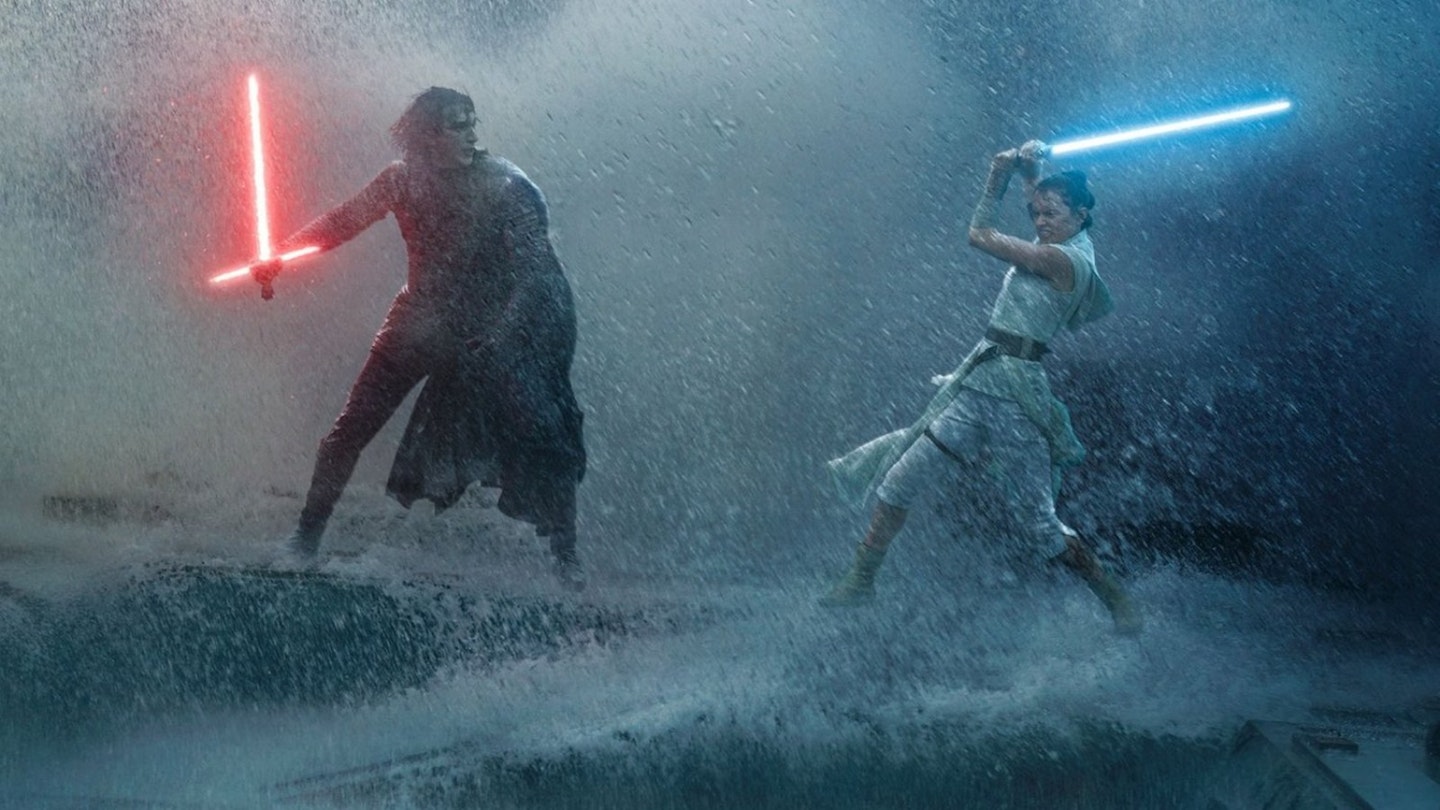Moses never had this problem. Staggering down from Mount Sinai, chiseled stone tablets clutched to his chest and the voice of the Almighty ringing in his ears, Charlton Heston didn’t stop and wonder what order to read the ten commandments in. The same cannot be said of the Star Wars saga, however. With a grand total of eleven main films in circulation and more on the way — not to mention the numerous editions of the original trilogy in existence, and shows like The Mandalorian on Disney+ — the optimum way to experience Star Wars has never been trickier to navigate. Fortunately, we have the answer.
For stalwart fans looking for the optimum viewing order, newcomers in search of the ideal introduction, or parents about to instruct their children in the ways of The Force, we present the principal schools of thought on this very subject. And, dare we say it, the definitive answer for how to best experience the entire series from that galaxy far, far away.
Episode Order
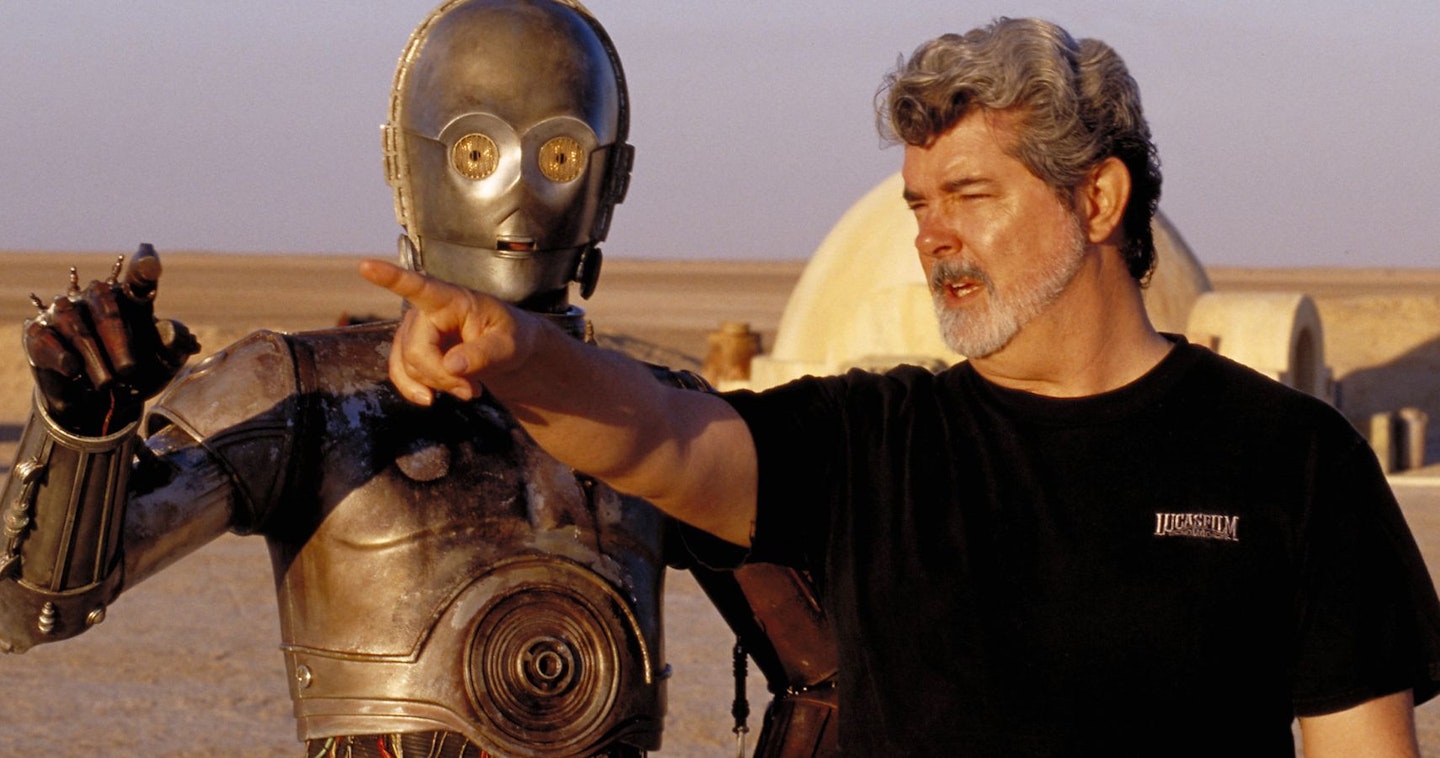
I, II, III, IV, V, VI, VII, VIII, IX
Ask George Lucas what sequence you should watch the Star Wars films in and this is the answer you’ll get. Episode order is consistent with his original vision (or so he now claims), it tells a single story in chronological order and the currently available versions of all movies are presented to directly support this narrative. This is Anakin’s story — the rise, fall and subsequent redemption of the boy who became Darth Vader.
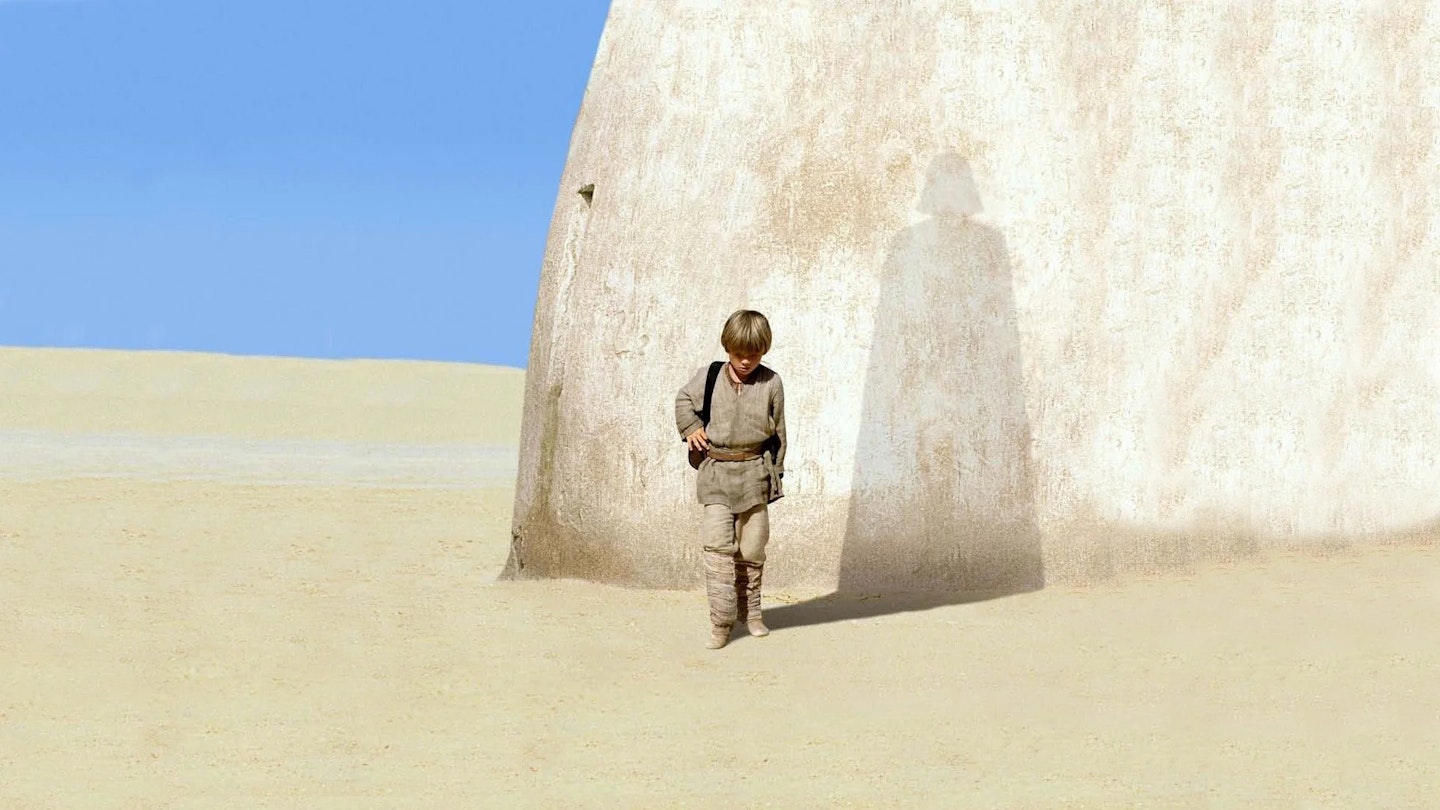
It also has the benefit of easing in younger viewers as, in spite of its preoccupation with the taxation of trade routes and galactic industrial action, The Phantom Menace is the most child-friendly Episode in the series. Where else can you find slapstick, fart jokes and characters stepping in bantha poodoo?
Episode order is the simplest answer, the canonical one, and a truly terrible solution to this problem.
Cons:
The biggest setback to Lucas’ preferred sequence comes 110 minutes into The Empire Strikes Back. Arguably the biggest and most influential twist in movie history is rendered entirely meaningless when Luke’s parentage has been clumsily revealed two films earlier. Luke and Leia’s relationship is similarly telegraphed, ruining that Return Of The Jedi bombshell — not to mention the fact that knowing the pair are twins when Luke is drooling over Leia in Episodes IV and V, adds a creepy, incestuous air that we could all happily live without.
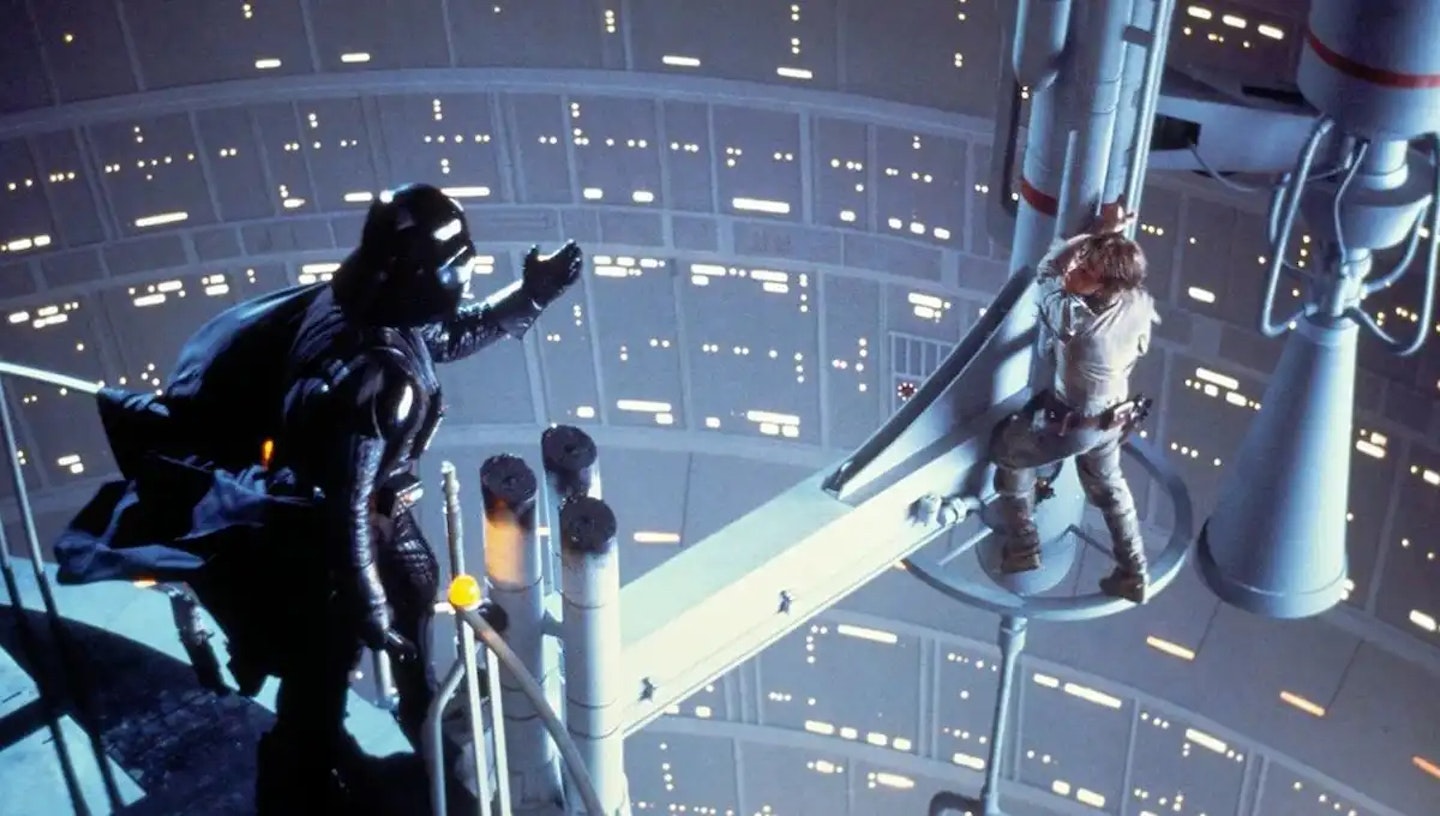
What’s more, the prequels’ many nods to the original films now have no relevance whatsoever, while big payoff moments like Yoda pulling out a lightsaber or Chewbacca’s appearance have severely diminished impact. There’s also the fact that computer technology (the Death Star schematics, for example) go from holographic 3D to Acorn Electron in the span of a single movie.
Finally, in pursuing this order, viewers have to start with The Phantom Menace. While not weakest entry in the entire saga, for series neophytes over a certain age, it’s hard to recommend Episode I as the most magical entry point for Star Wars. Asking them to tough it out until the fourth film before things get really good is hardly a selling point.
Production Order
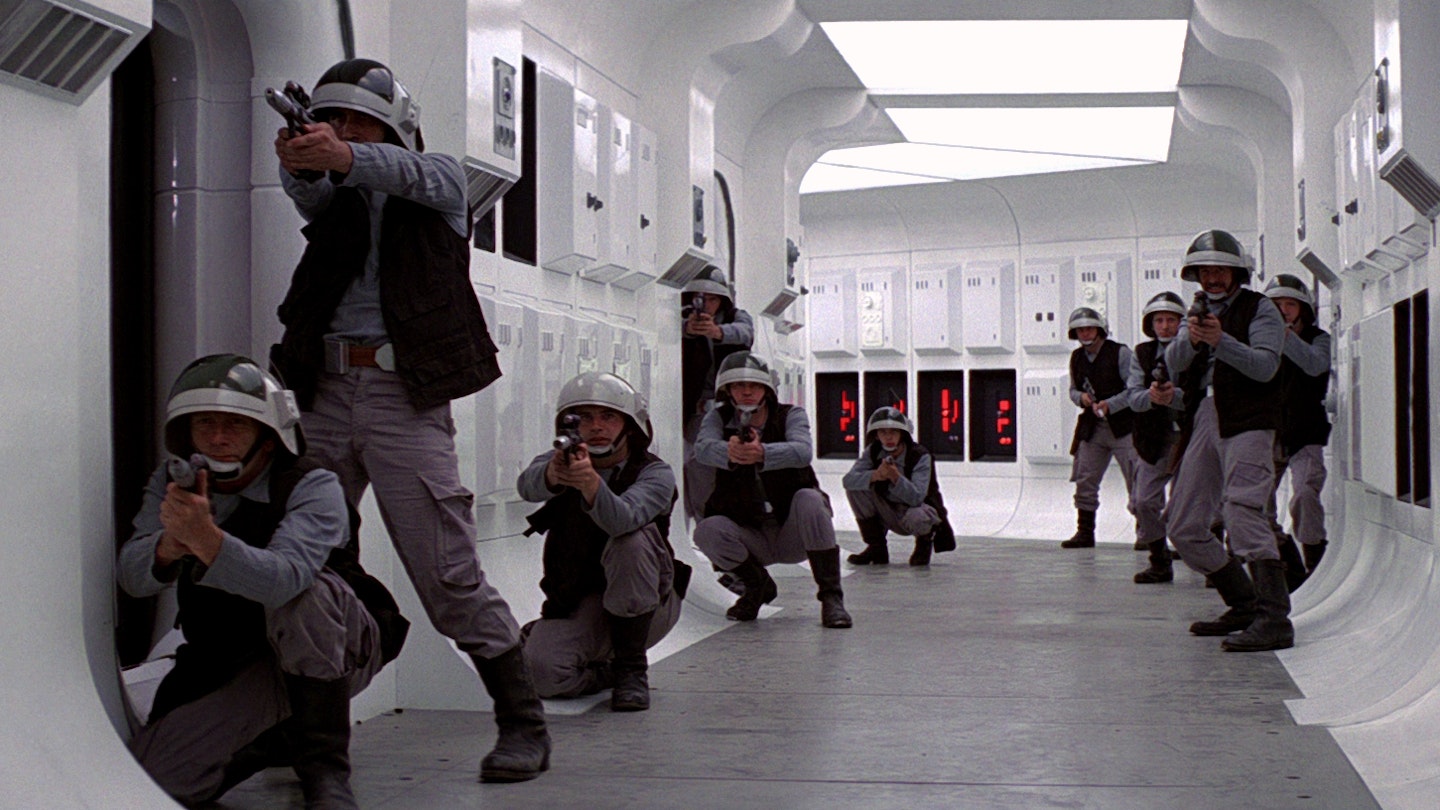
IV, V, VI, I, II, III, VII, VIII, IX
The purist’s approach, production order maintains the historic authenticity of watching the franchise unfold as first it did. Starting with the 1977 original, we then move through Empire and Jedi, before experiencing the prequels in all their frustrating glory and picking up the sequel trilogy thereafter. The twists and turns are kept intact, there’s no attempt to retcon the saga into an ill-fitting Anakin story and we begin the whole endeavour on a high. This is how the first generations of Star Wars fans experienced the series and it certainly didn’t do us any harm.
Cons:
The problem is that this is not the original Star Wars experience. Lucas spent decades tinkering with his films, so much so that the current ‘original’ trilogy is a far cry from the films that graced our cinema screens in the late seventies and early eighties. Don’t get hung up on Greedo shooting first, 'Maclunkey' or the Ewok celebration’s Yub-Nubectomy — there exists a far more problematic change that derails this as the definitive sequence. At the very end of Return Of The Jedi, The Emperor is dead, Vader is redeemed, freedom and justice have been restored to the galaxy. Sat amid cavorting bears, Luke Skywalker gazes wistfully out into the forest to see the spirits of Yoda and Obi-Wan gazing benevolently back at him... only for a strange man with a mullet to materialise next to them and start grinning inanely.
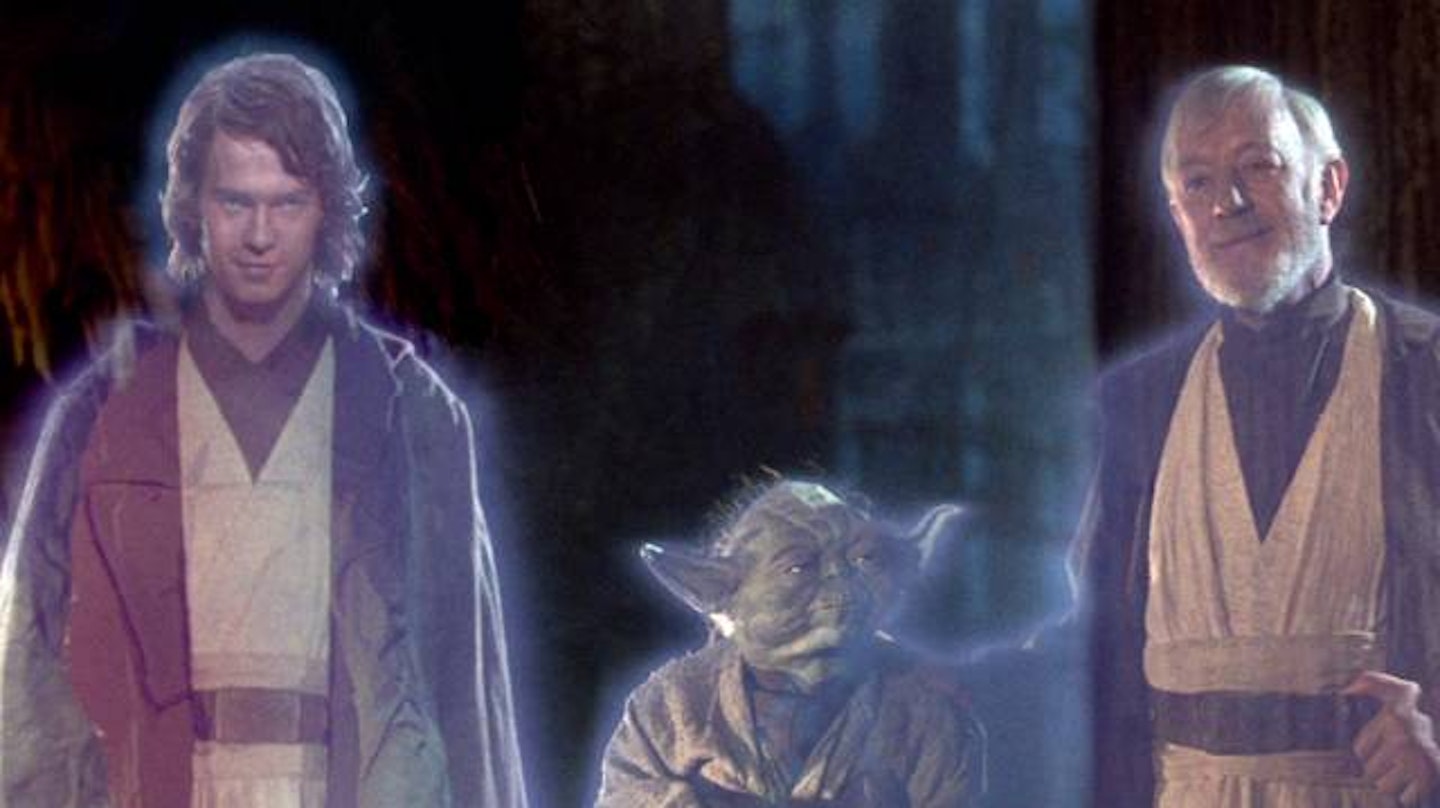
Who the hell is that? The replacement of Sebastian Shaw (whose spectral form is now consigned to the same ignoble abyss as his eyebrows during the unmasking scene) with Hayden Christensen means the penultimate shot of the original trilogy now makes no sense whatsoever. Not ideal. You also see gungans having some kind of rave with no idea who or what they are, but that’s a minor quibble next to the Christensen conundrum.
Ernst Rister Order

IV, V, I, II, III, VI, VII, VIII, IX
Named after the Star Wars forum poster who first proposed it, this unorthodox approach suggests a slightly different take on the canonical timeline. We should, Rister argued, keep to release order until the end of The Empire Strikes Back to maintain the big twist and enjoy Luke’s evolution from callow farmhand to fledgeling Jedi knight. Then, with Han Solo frozen in carbonite and the shocking revelation of Luke’s parentage still ricocheting through our minds, we take a step back and embark on a three-film flashback. It gives the story context, we witness Vader’s fall firsthand and see the obvious story parallels between father and son. Finally, after watching Anakin Skywalker transition to the Dark Lord of the Sith, we jump back to the present with Jedi, watch the story’s finale and fully appreciate the importance of Vader’s redemption — not to mention realising that the weirdo in the woods is actually a younger Anakin.

Cons:
This actually works surprisingly well. The biggest drawback is that it makes the overarching narrative rather muddled and, to the uninitiated, quite confusing. There’s also the minor issue that going from the series’ high point (Empire) straight into what many consider —wrongly, but that's a conversation for another time — the low point (Menace) is rather jarring from a quality control perspective. Quibbles aside, this sequence does address the principle issues with both Numbered and Episode orders, which is progress, but we can’t recommend it as ‘definitive’.
Machete Order

IV, V, II, III, VI, VII, VIII, IX
Many might see this as the ‘trolling Lucas’ order (it’s not, that one omits the prequels altogether) but Rob Hilton’s Machete Order is certainly a sequence that would cause George some deep regret. Essentially, it’s the Rister order with The Phantom Menace omitted as narratively irrelevant. When you think about it, Episode I contains very little plot progression. Qui-Gon Jinn and Darth Maul are both dead and largely forgotten by the film’s finale (TV spin-off series and Solo notwithstanding) and all of the other characters — Anakin especially — are far more effectively introduced in Attack Of The Clones. The fact that a grown-up Padme no longer meets her husband-to-be when he’s nine also has the benefit of making that whole relationship a little less upsetting.
So no Jake Lloyd (“Yippee!”), precious little Jar Jar (“How wude!”), no weird Amidala/Padme identity confusion and, crucially, no discussion of midi-chlorians, the introduction of which is without doubt the most egregious example of Lucas going off the deep end. It also makes the ‘flashback’ shorter and less intrusive, improving the Rister model’s flow significantly.
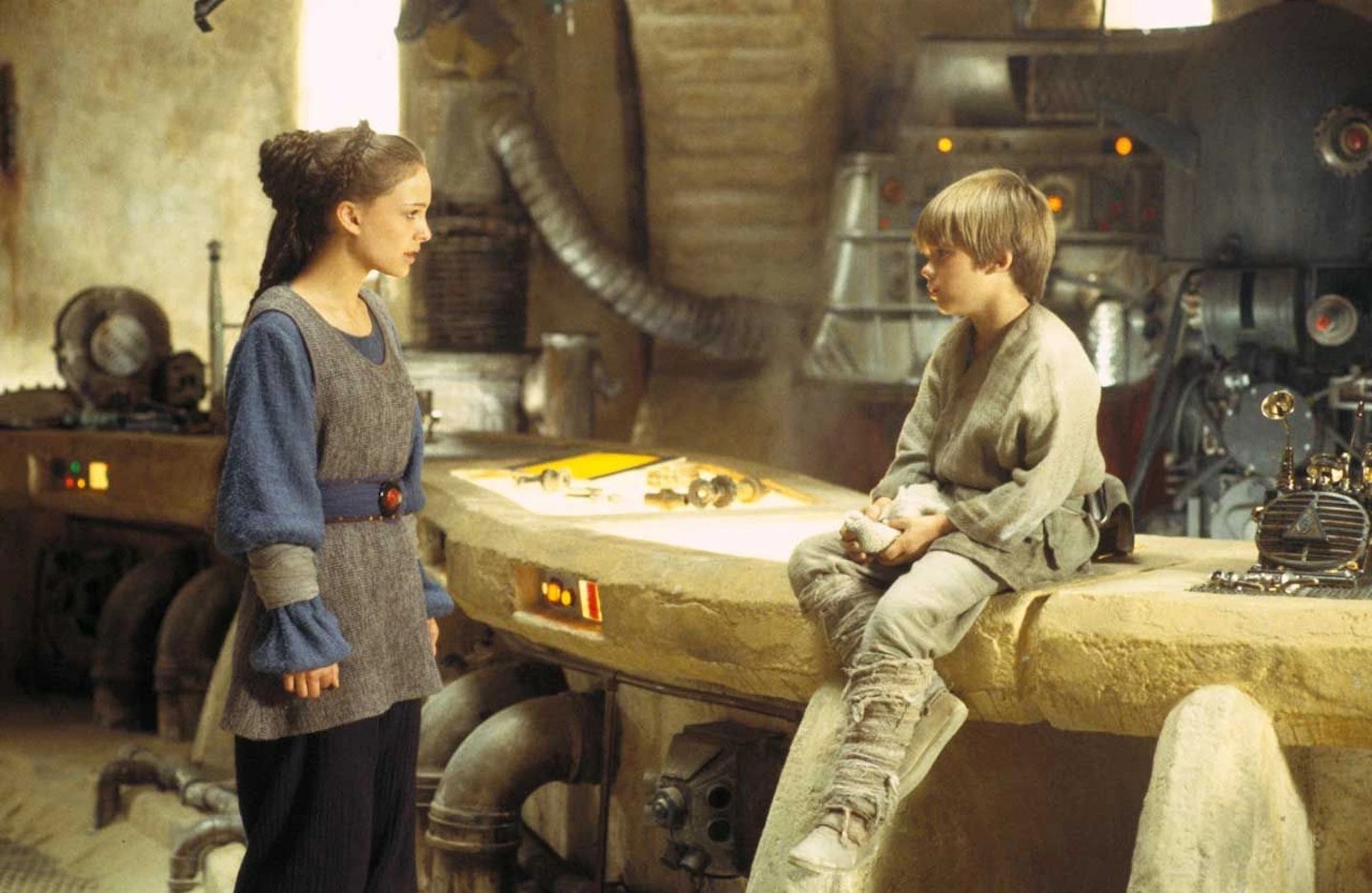
Cons:
It’s hard to argue The Phantom Menace is a cinematic masterpiece but excluding it completely is harsh. Yes it contains much that’s objectively terrible but there are also moments of genius. The three-way saber fight (set to the rousing Duel Of The Fates) is the saga’s choreographic high point. And, despite being entirely superfluous from a plot perspective, the podrace is an exhilarating sequence where George Lucas’ giddy youth as a teenage petrolhead really shines through. Equally, while the banishment of Binks might seem like the gods’ work, Jar Jar is an appealing entry point for younger viewers, responsible for some of the most child-friendly comic relief.
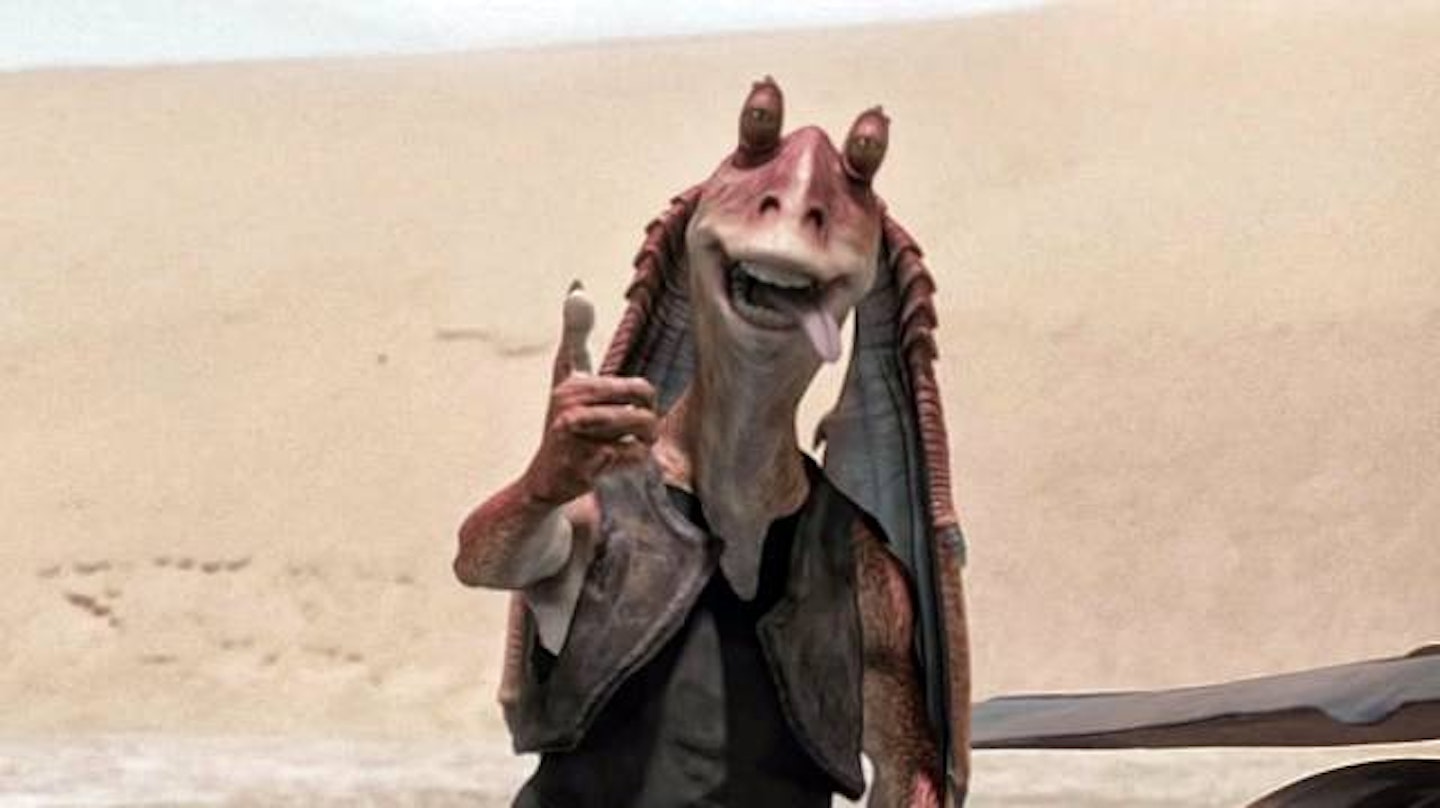
Beyond all that, however, there are narrative points in The Phantom Menace that serve a purpose. The film sows the seeds of Senator (then Chancellor) Palpatine’s ascension to power through his manoeuvring to displace Chancellor Valorum and assume the premiership. Similarly, while widely loathed, Jar Jar is a narratively pivotal character as it is he who is ultimately tricked (in Episode II) into proposing a motion to grant emergency powers to the Chancellor, paving the way for Palpatine to assume the mantle of Emperor. Without any character foundation or understanding of his relationship with Amidala, Jar Jar’s role in the Empire’s formation loses weight.
Without Phantom, the prophecy that Anakin will bring balance to The Force is mentioned but never explained, and Anakin’s return to Tatooine in Attack Of The Clones is rendered baffling as we have no knowledge of him being a slave, who Watto is or why his mother has ‘been sold’. C-3PO’s origins also become murky but that’s hardly a major drawback.
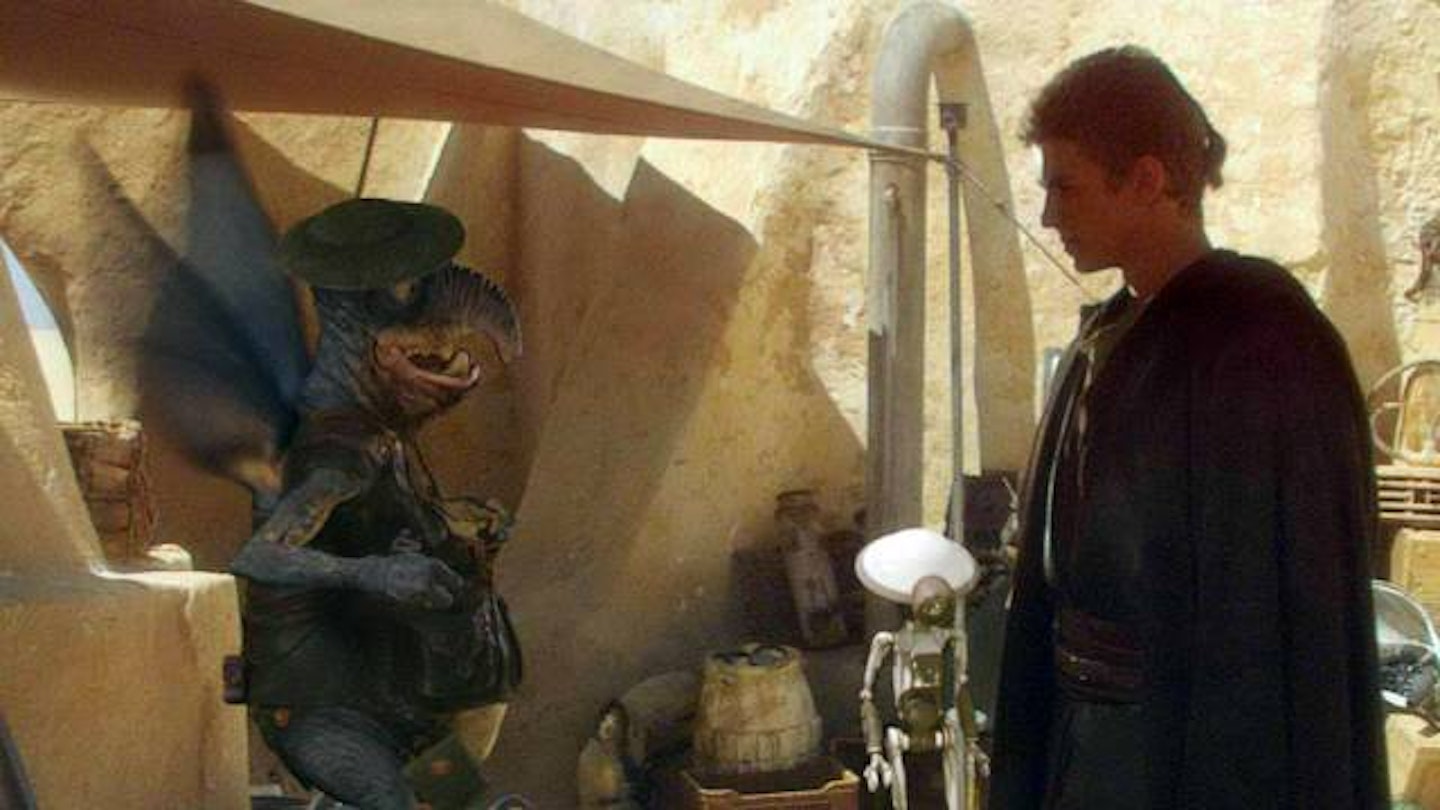
Finally, the excision of Episode I derails Anakin’s prequel character arc entirely. Never seen as an innocent, we are introduced to him as a surly, sulking teenager with more than a touch of the Dark Side about him. Without the altruistic (if infinitely irritating) boy we first meet in Watto’s junk shop, Anakin’s rise to the mantle of Sith Lord is as unsurprising as it is undramatic. For a true redemption of the character, he needs to come full circle, so The Phantom Menace, however flawed, must remain on the menu.
Time Machine Order
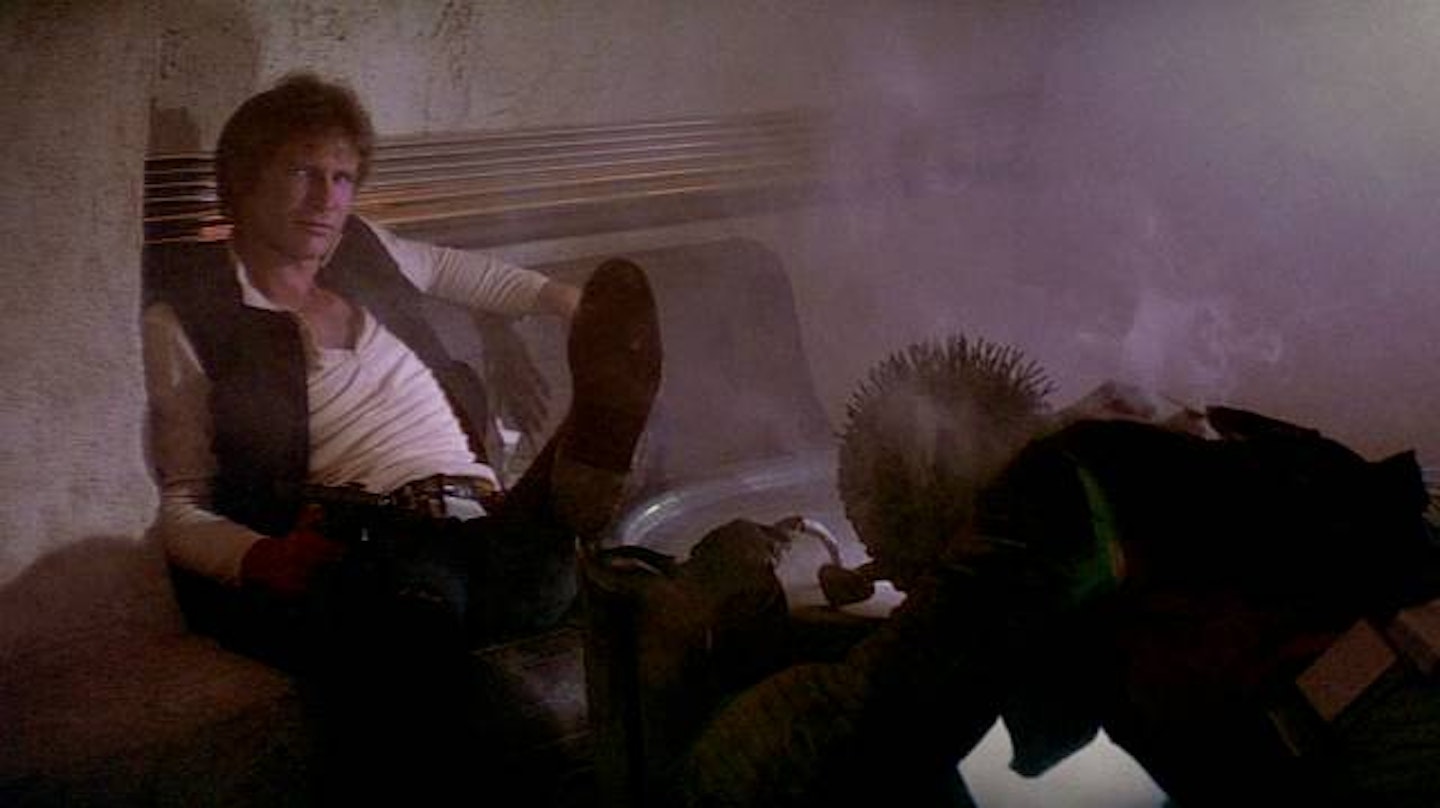
'IV', 'V', 'VI', I, II, III, (IV, V, VI,) VII, VIII, IX
Written out, it may resemble algebraic nonsense but this is, in our humble opinion, the definitive viewing order for the Star Wars saga. The Time Machine Order requires metaphorically travelling back to May 25 1977 when Star Wars was first released and watching the original cut of the film, followed by theatrical cuts of both Empire and Jedi. No Hayden Christensen, no Jedi Rocks, No redundant Jabba sequence in IV, no Greedo shooting first and no gungans. Sebastian Shaw no longer looks permanently surprised, Clive Revill and Marjorie Eaton's Palpatine is restored, Yub Nub is played in all its glory and Vader doesn’t let out a squirm-inducing “Nooooooooo!” as he lunges for The Emperor. Perfection. We then shift gear for the prequels, allowing the younger generation to experience their highs and lows as we first did. After that we have the option (hence parentheses) of returning to the current, ‘enhanced’ original trilogy to witness the tweaks, changes and additions just as (most) of them were first unveiled in 1997. That step can be skipped but it shouldn’t be. To truly know Star Wars is to live through every iteration and appreciate each on its own merits.
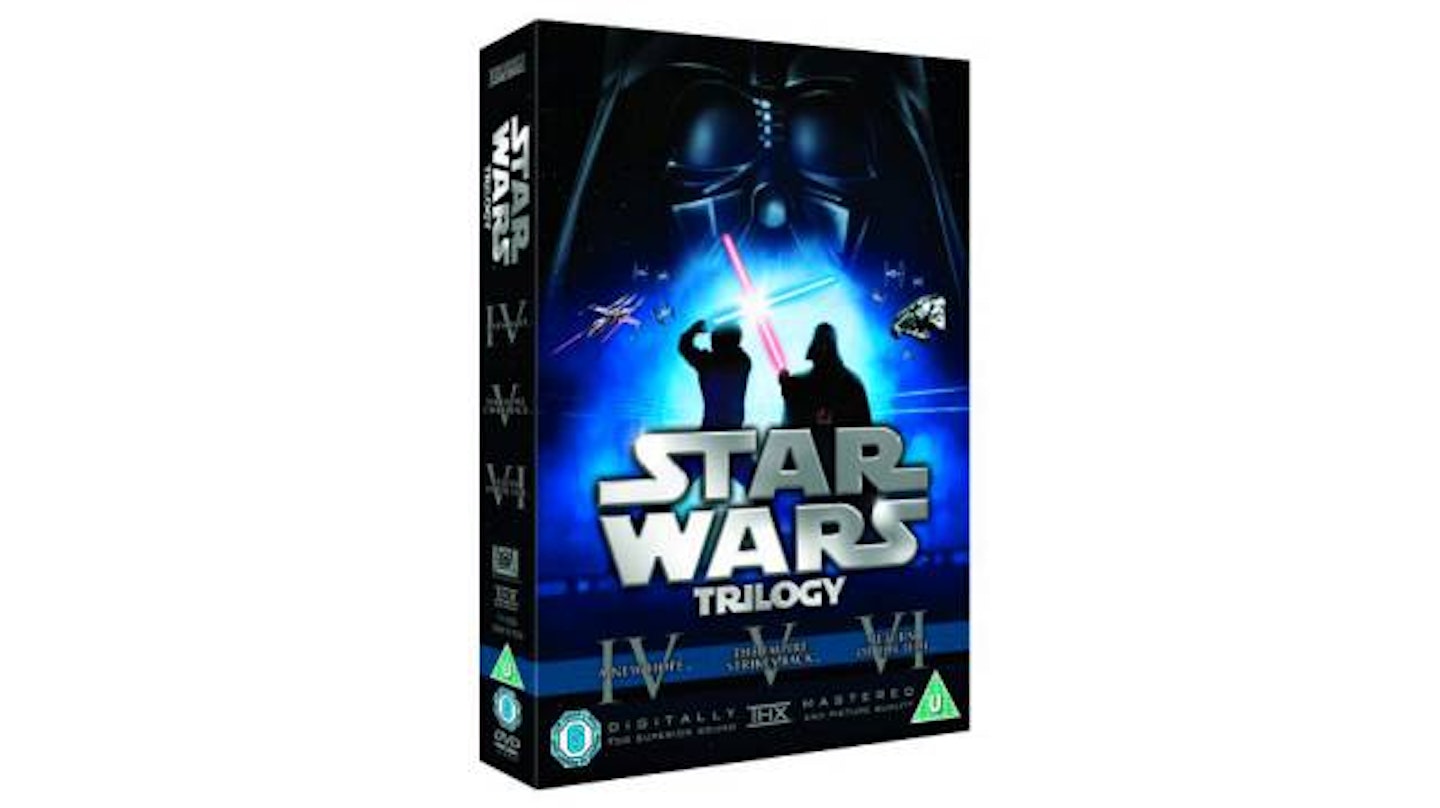
Of course, few of us have easy access to a Tardis, but there is a more practical approach to the Time Machine order. Disney hasn’t seen fit to re-release the original cuts (yet), but the 2006 DVD release can be picked up on eBay and contains the closest thing to official theatrical edits of the movies (they’re actually taken from the 1993 LaserDisc release), albeit grainy, non-anamorphic and presented in stereo. Compared to the crystal clear 4K and THX sound of the Special Editions, it’s a lesser experience in terms of quality if not content.
For HD elitists, there are higher quality alternatives, but it’s here that we wander into legally dubious areas. The Silver Screen Edition is a lovingly cleaned up scan of the original 35mm Star Wars print, presented in full 1080p, exactly as audiences saw it 40 year ago. Each individual frame has been worked on to remove scratches and dirt, presenting as faithful a Star Wars experience as even the most traditionalist fan could hope for.
Similarly, the Despecialized Editions are painstaking reconstructions of all three original films, built from a variety of sources including the 2011 blu-ray release, both 2004 and 2006 DVD versions, DTV captures of the 1997 Special Editions, the 1993 LaserDisc and the original 35mm print, to name but a few. The result is remastered, high definition versions of Episodes IV, V and VI, complete with HD surround sound and none of Lucas’ subsequent changes.
Finally, there is an ongoing project to scan the original 35mm prints into 4K, cleaning them up frame-by frame along the way. Project 4K77 (Star Wars), Project 4K83 (Jedi) and the in-progress Project 4K80 (Empire) represent the most faithful editions of the originally released films at the highest possible quality.
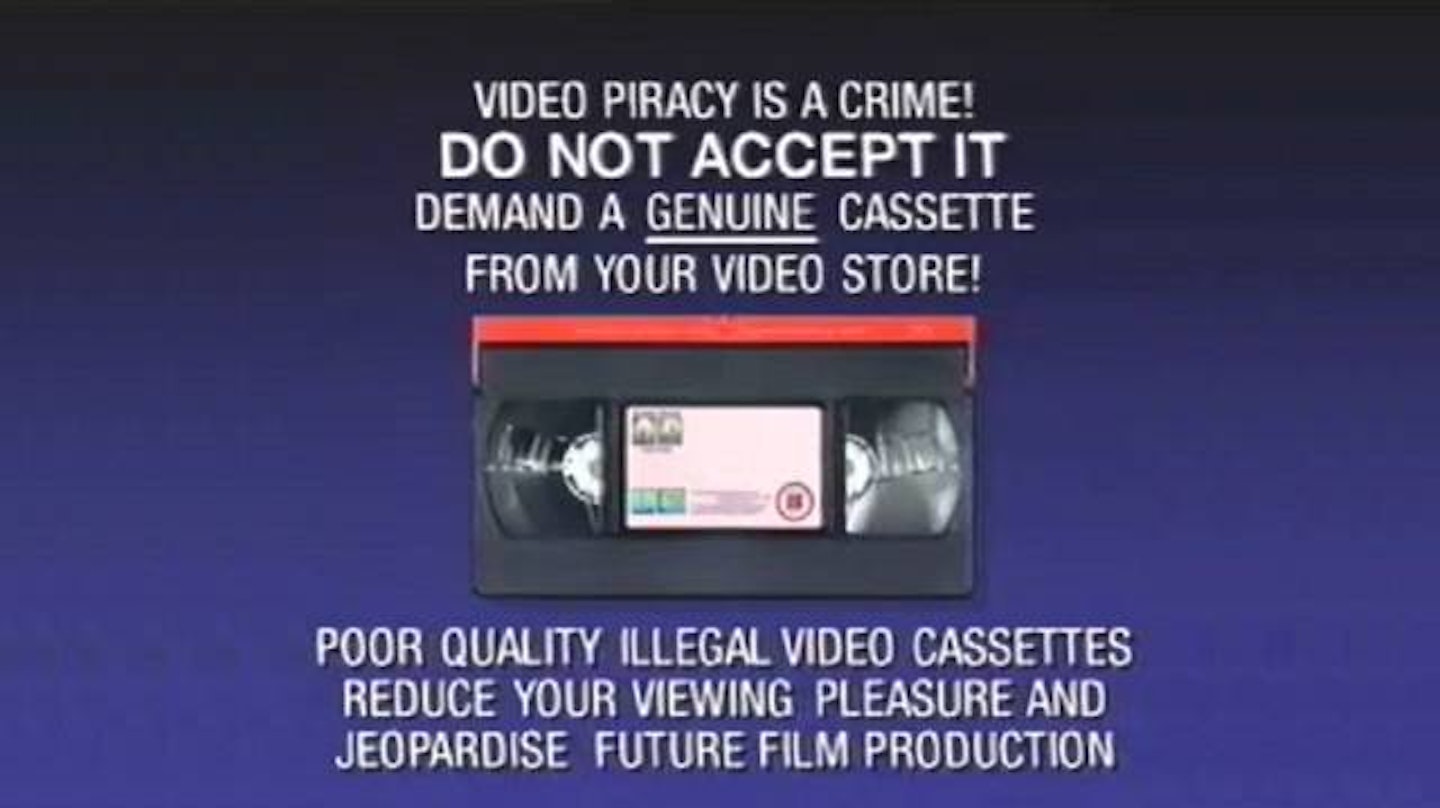
Unfortunately, as fan edits, Silver Screen, Despecialized Editions and the 4K Projects are a breach of copyright and thus only available through less than legal channels. They justify said flouting of the law by insisting that the versions are not sold for money and are aimed at an audience who have bought numerous editions of the films over the years. To date (and to the studios' credit) no copyright complaint has been brought against the projects by Lucasfilm or Disney, implying that, while they certainly don’t condone the practice, they might recognise such restorations as an act of love by some of the saga’s biggest fans. That said, it is still piracy and should be regarded accordingly.
Cons:
Very few. The difficulty in acquiring the official theatrical versions (the 2006 DVD has been out of print for some time) is the biggest hurdle and the legal ambiguity of going the Despecialized/4K77 route will rightfully give pause. Furthermore, a great many of the effects in the original films — so polished in the Special Editions — have not aged well. The compositing in particular looks very ropey to 21st century eyes, and the sheer polish of the Official 4K HDR editions with their Dolby Atmos soundtracks (available both in UHD blu-ray form and streaming on Disney+) when compared to the original editions is pretty hard to argue with.
But weighed against the alternatives, this remains the most authentic, historically accurate and time-tested way to watch the saga. Whether you’re sitting through the films for the very first time, revisiting them for the thousandth, or helping your child take their first step into a larger world, this is the best way to experience Star Wars. Accept no substitute.
A Note On Anthologies
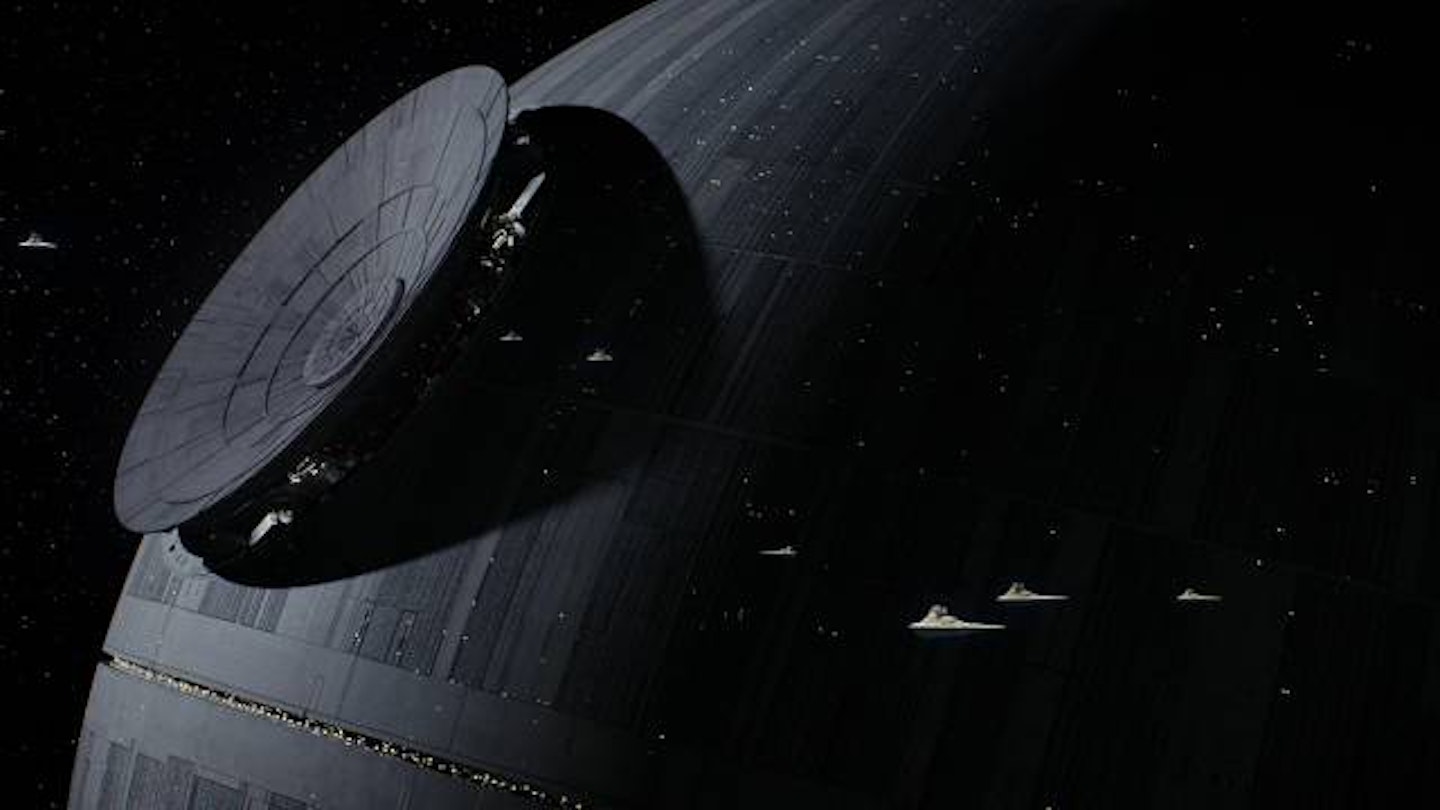
You will notice that these viewing orders only concern the nine films that make up the core Skywalker Saga, with the main points of difference focused on the first six. We should all be able to agree that Episodes VII, VIII, and IX should be watched after the preceding six. Anthologies Rogue One and Solo, as well as all subsequent Star Wars movies, like the upcoming Rogue Squadron, and TV shows such as The Mandalorian, should be seen last of all. Or, if you're really desperate, they can can be dropped in at will as palate cleansers at any point after Return Of The Jedi.
While Rogue One is indeed a prequel to A New Hope (as Solo is), there is little to recommend watching it beforehand as none of the callbacks or references would make sense. By the same token, the film’s dramatic impact is drastically reduced without a broader context or the weight of knowing what is to come. So watch them afterwards, okay?
Star Wars: The Perfect Viewing Order Blu-rays
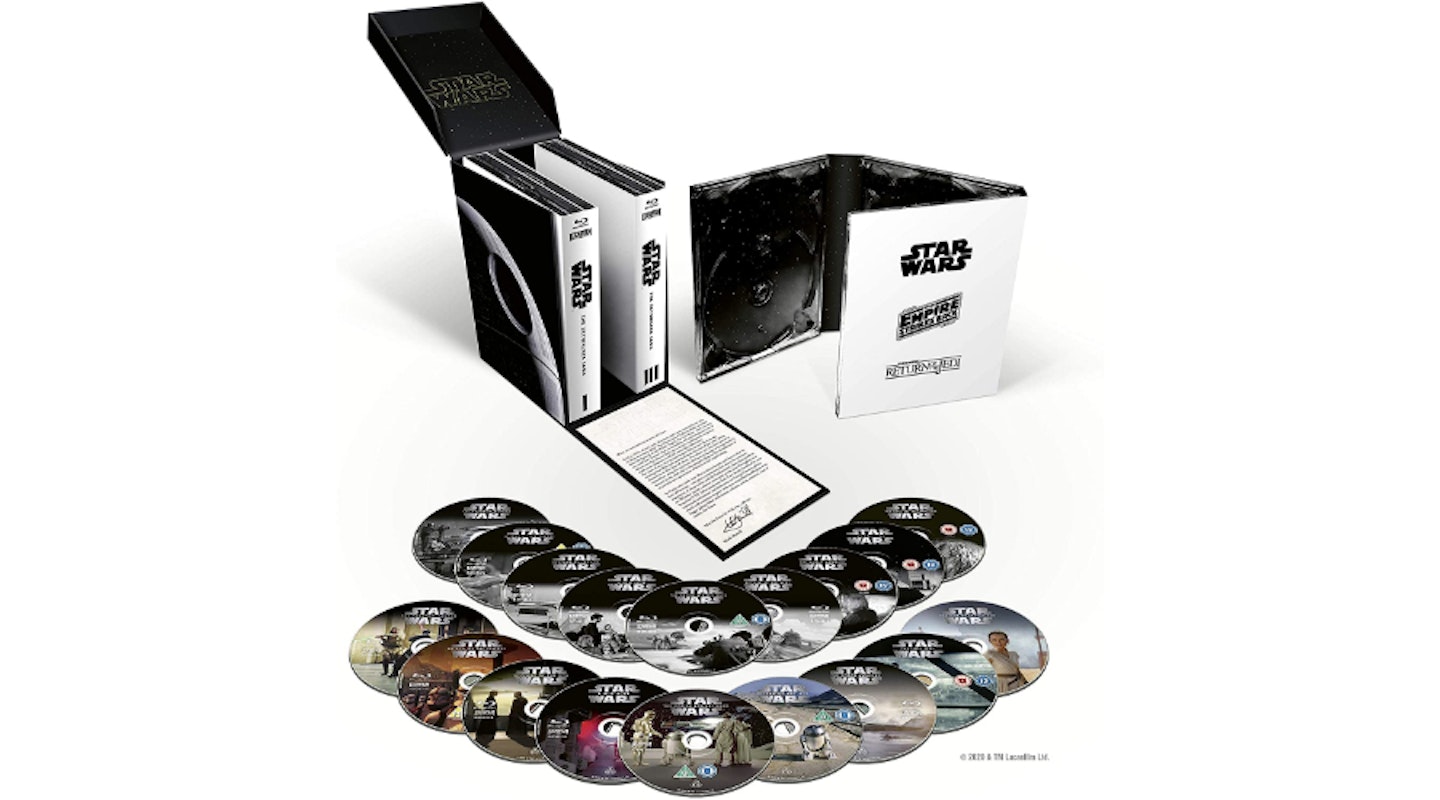 1 of 5
1 of 5The Skywalker Saga, £60
The nine Saga movies, from 1977's Episode IV: A New Hope to 2019's Episode IX: The Rise of Skywalker. Amazon.co.uk
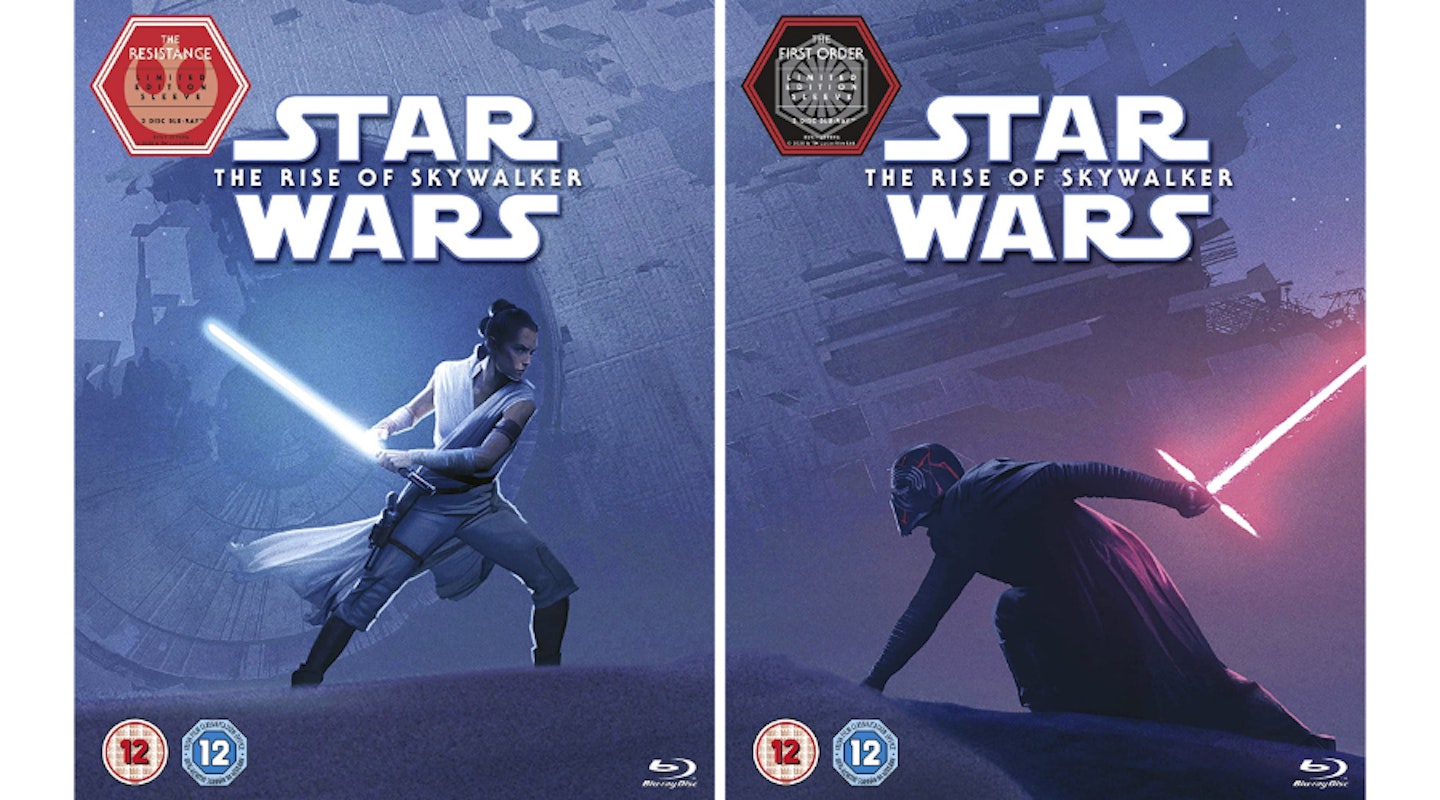 2 of 5
2 of 5Star Wars: The Rise Of Skywalker, £14.99
J.J. Abrams' concluding chapter to the Skywalker Saga, available in limited edition Resistance and First Order sleeves.Amazon.co.uk
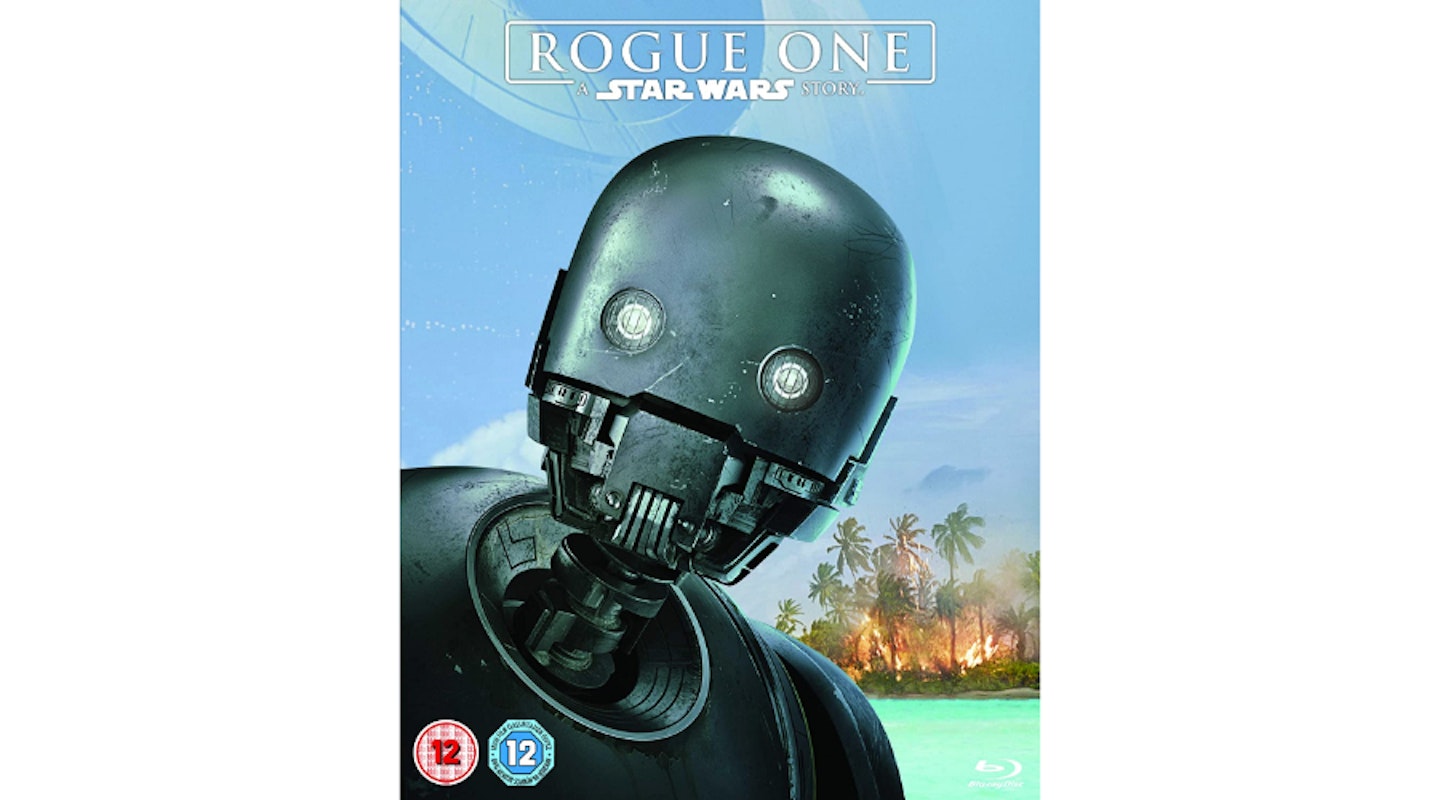 3 of 5
3 of 5Rouge One: A Star Wars Story, £14.99
2016's Star Wars anthology story, directed by Gareth Edwards, telling of the Rebel Alliance's efforts to steal the Death Star plans ahead of the events seen in Episode IV: A New Hope. Amazon.co.uk
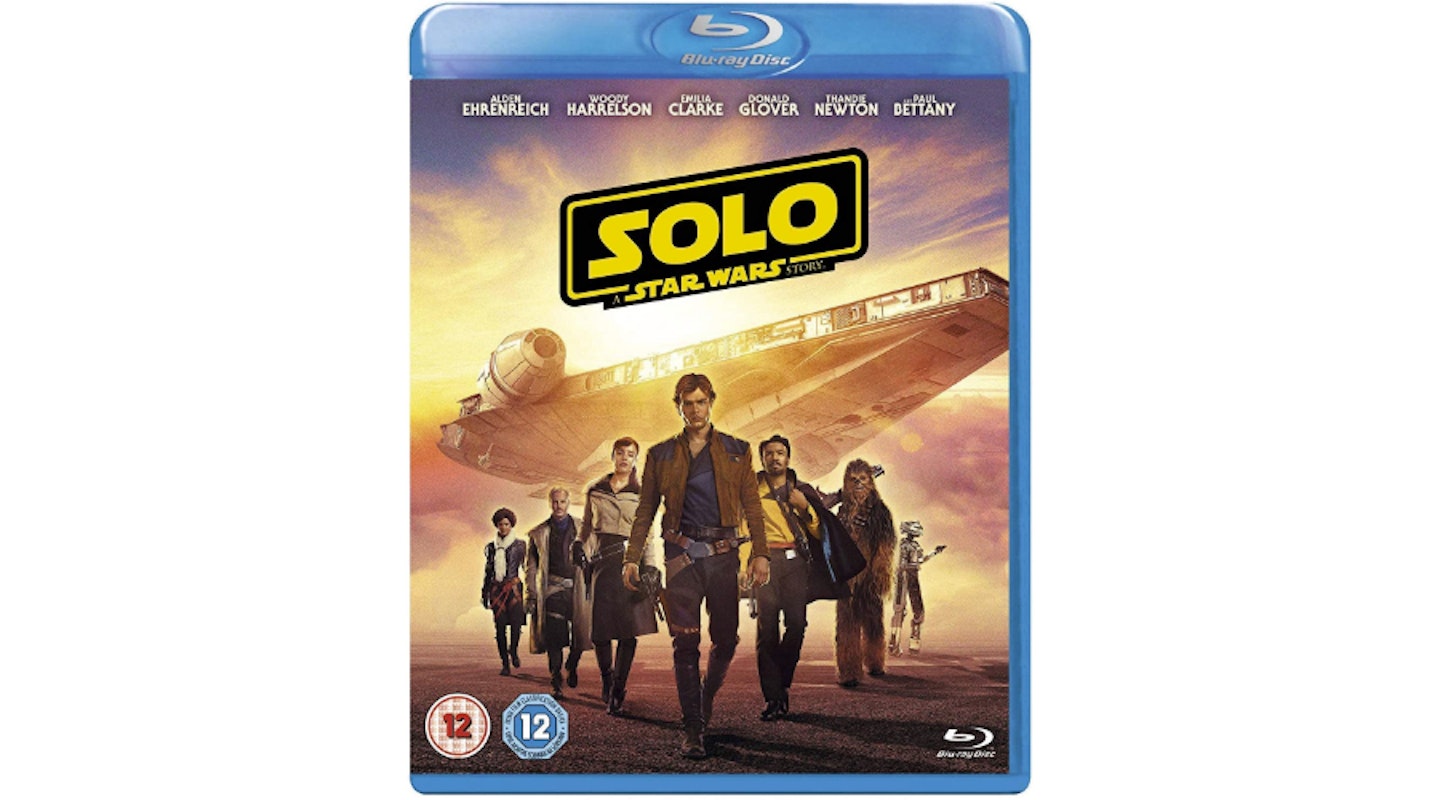 4 of 5
4 of 5Solo: A Star Wars Story, £14.99
Ron Howard's anthology tale of a young Han Solo and his adventures in the criminal underworld, released in 2018.Amazon.co.uk
 5 of 5
5 of 5Star Wars on Disney+
Disney+ is the streaming centre of the Star Wars universe, playing host the original trilogy, the prequels, The Force Awakens, The Last Jedi, and as of May 4th, The Rise Of Skywalker. The service's catalogue also includes the anthologies Rogue One and Solo, and the TV series The Mandalorian and Star Wars: The Clone Wars. Claim your free seven-day trial now.
